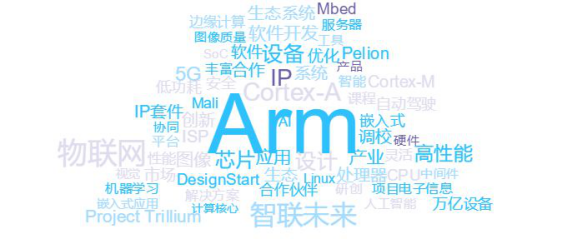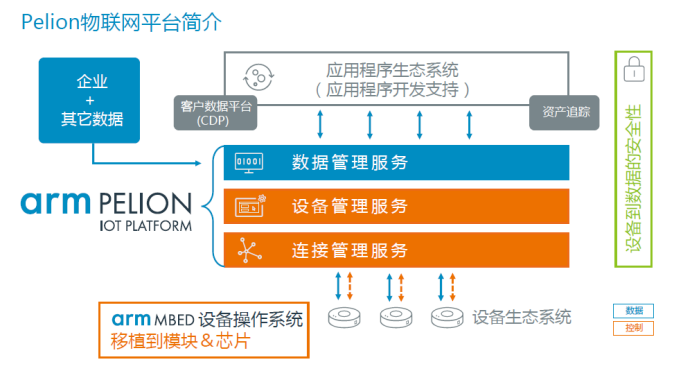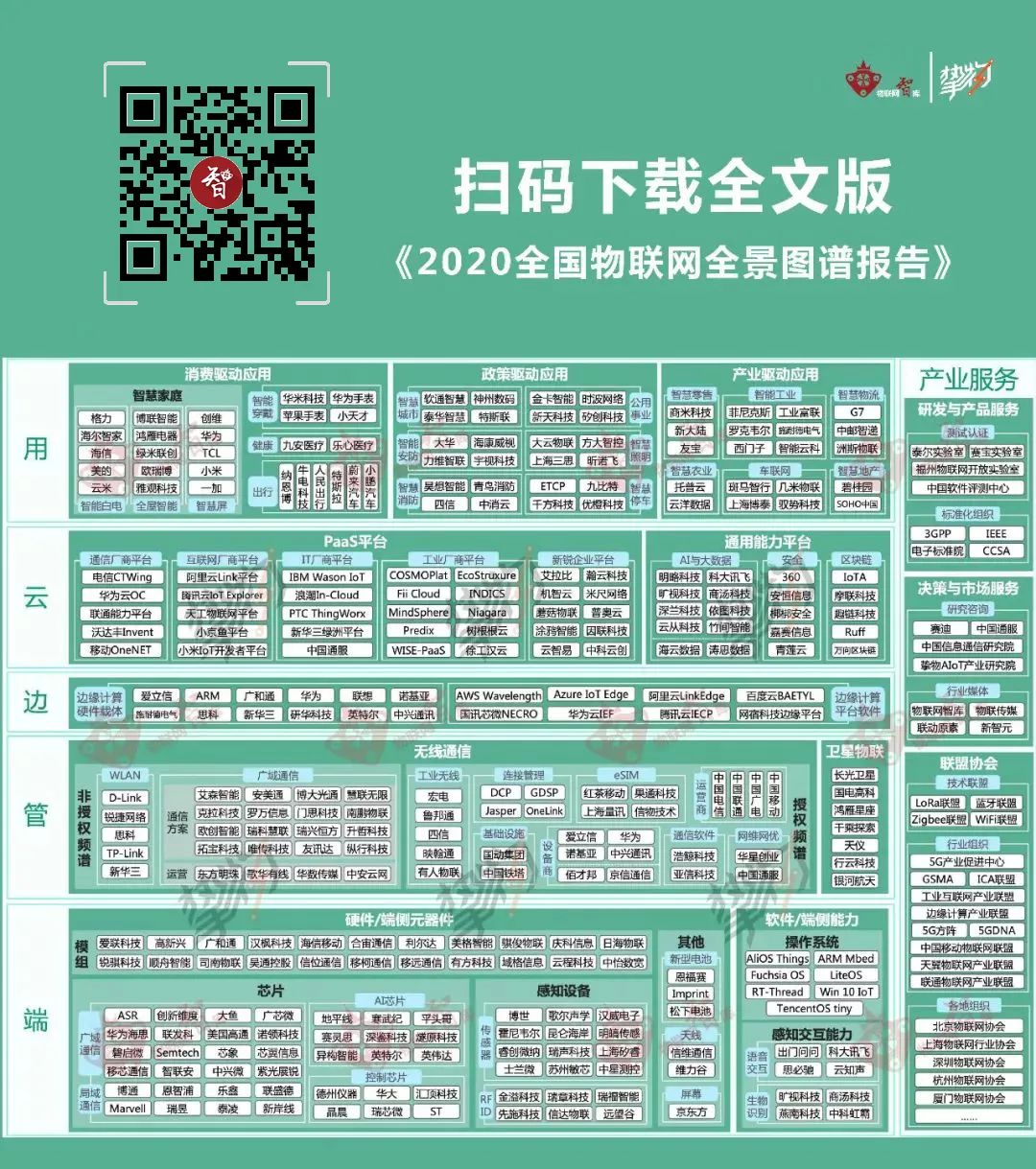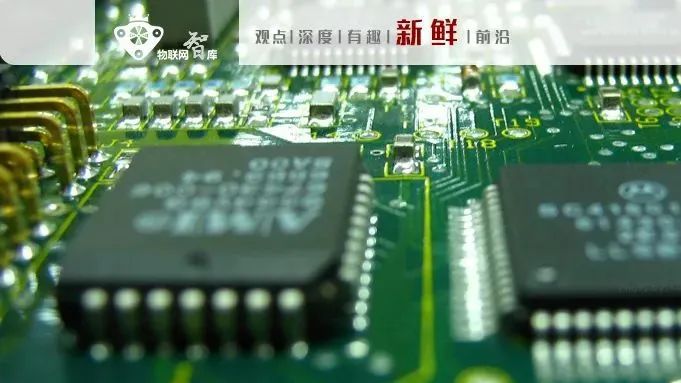Source: IoT Media
Author: Feiniaohuang
For secondary reprints, please contact the original author

Introduction
Arm, a British company founded in 1978, developed through a chip IP licensing business model, thrived due to the growing demand for smartphones, and entered a new phase of development after being fully acquired by Masayoshi Son.
No one would have expected that the usually low-profile Arm company has been forced into the spotlight in recent years.
This British company, founded in 1978, developed through a chip IP licensing business model, thrived due to the growing demand for smartphones, and entered a new phase of development after being fully acquired by Masayoshi Son. Arm adheres to the route of being a foundational technology provider, and has proposed a vision that by 2035, there will be one trillion connected terminals in the industry.
At this point, the direction of events is not something ordinary people can control. Before the event concludes satisfactorily, let’s take a complete look at what kind of company Arm really is.

Image source: Internet
01 Founded on Chip IP Licensing
As mentioned above, Arm’s uniqueness lies in its chip IP licensing business model.
This model is different from IDM manufacturers like Intel and Samsung, which need to integrate multiple industry chain links such as chip manufacturing, packaging, testing, and sales; it is also different from foundry manufacturers like TSMC and SMIC, which are responsible for manufacturing, packaging, or testing; and different from fabless manufacturers like HiSilicon and Qualcomm, which are responsible for chip circuit design and sales while outsourcing manufacturing, testing, and packaging. The biggest feature of IP companies is being light-footed, not designing or selling chips, but providing corresponding tools, complete functional units, circuit design architectures, and consulting services for chip design companies. They do not have large physical assets, but the technical requirements are very high, and it is easy to form monopolies, making it difficult for later entrants to break in.
Arm is undoubtedly a leader in the chip IP field. Specifically, Arm has three licensing methods: processor, POP, and architecture licensing.
Processor Licensing refers to licensing partner manufacturers to use Arm’s designed processors. The partner cannot change the original design but can adjust the product’s frequency, power consumption, etc., according to their needs.
POP Licensing is an advanced form of processor licensing, where Arm sells optimized processors to licensed partner manufacturers, facilitating their design and production of performance-guaranteed processors under specific processes.
Architecture Licensing allows partner manufacturers to use Arm’s architecture, facilitating their design of processors according to their needs.
Based on this model, licensing fees and royalties have become Arm’s main sources of income. In addition, revenue comes from software tools and technical support services.
02 IoT Business Developed from IP Foundation
It is worth mentioning that, aside from its renowned chip IP division, Arm started its IoT division around 2013.
By 2018, Arm’s pace in the IoT layout began to accelerate: in June, it acquired IoT connectivity management technology company Stream Technologies; in August, it acquired enterprise data management leader Treasure Data and integrated it with internal products to launch the IoT management platform Pelion; in November, it launched a new IoT operating system, Mbed Linux OS.
Continuous investment and product architecture richness became the biggest characteristics of Arm’s IoT work in 2018.
To date, in the embedded IoT market, Arm’s market share is already very high, with 70% of devices based on Arm technology, and it has shipped over 160 billion Arm-based devices to date.
At the same time, addressing the common pain point of underutilized data from IoT devices, Arm is providing an IoT approach covering the entire lifecycle from edge to cloud to application, merging the physical and digital worlds to promote the development of the IoT industry.
Readers deep in the industry can feel that more and more companies are transitioning to IoT in recent years. According to IoT Media’s understanding, Arm’s choice to enter IoT is primarily related to its chip IP field, such as the Cortex-M processor series, which has advantages in low power consumption, small size, and cost-effectiveness, providing strong support for IoT scenarios. Furthermore, with the advancement of computing power, applications at the device, edge, and cloud levels have significantly increased, leading to a growing direct demand from partners for operating systems and cloud platforms that can support these applications. Based on sufficient market understanding and analysis of market demand, Arm has gradually formed a more complete IoT industry solution, now comprising a product system of chip IP, operating systems, and cloud platform services.
03 Arm’s IoT Deployment Strategy
Although IoT is currently booming, encouraged by policies and markets, the business world is harsh: projects get halted halfway; difficulties arise during implementation that prevent timely completion; the landing effect is unsatisfactory, affecting profitability… It is easy to imagine that some companies have spent considerable time attempting large-scale IoT deployments using various technologies, but ultimately failed.
Arm believes that when companies deploy IoT solutions, they especially need to consider several key issues:
-
Return on Investment and Results: Companies need to understand what goals they plan to achieve through IoT and clearly understand the return on investment/profit they expect to see.
-
Security and Privacy: Understand the types of devices the company plans to adopt or release, especially in what usage scenarios these devices will be interconnected.
-
Devices and Use Cases: Ensure the security of the device and data information collected from various IoT terminals.
-
Simplifying Complexity: IoT deployment is very complex; companies need to think about how to deploy IoT solutions in the easiest way and choose the right partners to ensure efficient and convenient IoT deployment.
-
Scalability: Companies need to choose platforms and services that can help them achieve scalability. This spans from proof of concept to testing and ultimately to the final commercial deployment process.
-
Improving Cost Efficiency: Integrating platforms to help companies accelerate device deployment can also ensure service providers improve their cost efficiency.
After sorting through these issues, Arm’s main business model in IoT is to provide secure, flexible, and reliable IoT cloud services, empowering partners and ecosystems. The Arm Pelion IoT platform is the main carrier of service support.

The Arm Pelion IoT platform consists of three combinable IoT services, including device management, connectivity management, and data management. Together, they cover the entire process of IoT from devices to data, enabling companies to securely connect and manage their devices and data.
-
Pelion Connectivity Management can connect any type of device across trusted networks.
-
Pelion Device Management allows for remote management throughout the device’s entire lifecycle.
-
Pelion Data Management provides the ability to collect and unify various data from heterogeneous devices, enterprise systems, and third-party sources, generating insights through data analysis.
Additionally, Arm also offers Mbed OS, a free, open-source device OS certified by PSA, specifically designed for IoT. Mbed OS simplifies the development of IoT devices and has been pre-integrated with over 160 different chip platforms, significantly reducing the development difficulty for developers and shortening product development time.
04 Arm’s Ambitions
In previous contacts with Arm, the company repeatedly emphasized its essence as a technology provider. Arm hopes to deeply collaborate with partners across the industry chain. In the era of IoT, Arm also hopes to integrate the advantages of chip IP and combine operating systems, cloud platforms, and other technical services to form a certain cohesion, bridging the fragmentation of IoT.
At the same time, Arm firmly believes that security is one of the major challenges limiting the large-scale deployment of IoT. The IoT security-related features it has launched aim to enhance mutual trust in IoT and stabilize the foundation for industrial development.
“Arm has always been a technical company, whether it’s doing IP or providing IoT services.” We have received such a clear response long ago.
Copyright Statement: “IoT Think Tank” is not only committed to publishing original content but also curating excellent technology/research/investment articles. Some articles may not have been able to contact the original author during the push. If there are copyright issues or if the source is incorrectly marked for secondary reprints, please contact us. Contact: WeChat My_lordmiss~

Previous Highlights

Elon Musk’s Starship exploded! But not the one
scheduled for a manned space mission tomorrow~

Not Released! Canada announces Meng Wanzhou
“Double Jeopardy” established, 543 days…

Firm! Huawei just officially stated: The US
Technology hegemony will ultimately backfire…

The US issued the strictest ban last night! All semiconductor
manufacturers worldwide cannot supply Huawei…

Breaking! The US has initiated “infinite traceability”
on domestic semiconductor foundries, domestic replacements…..

Promoting the migration from 2G/3G to NB-IoT/Cat1,
The Ministry of Industry and Information Technology released the first……


